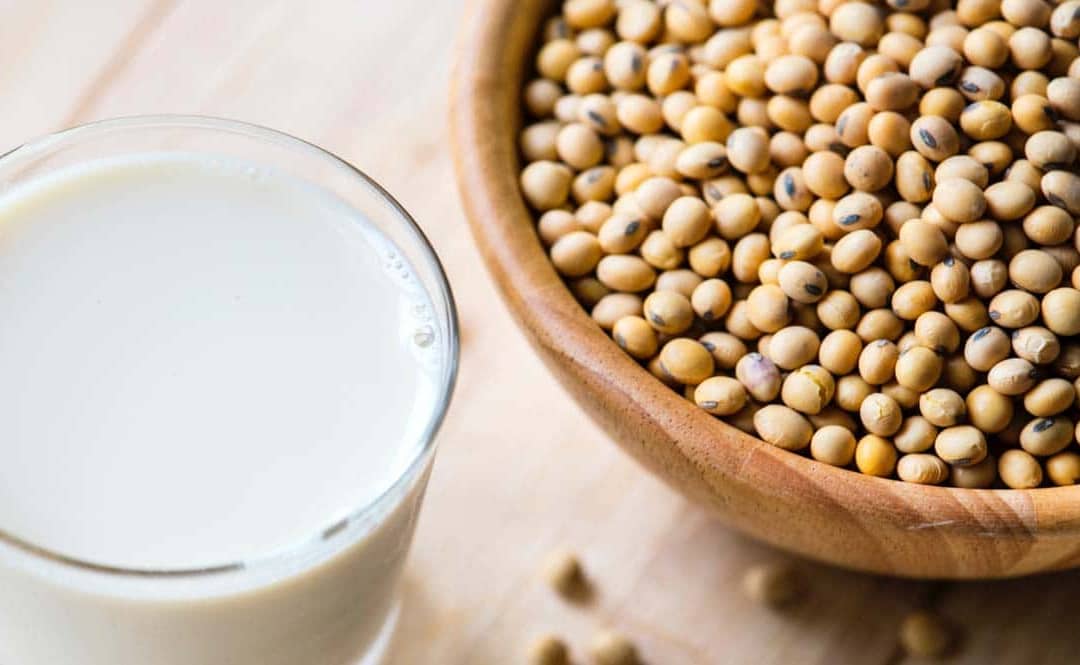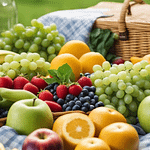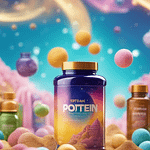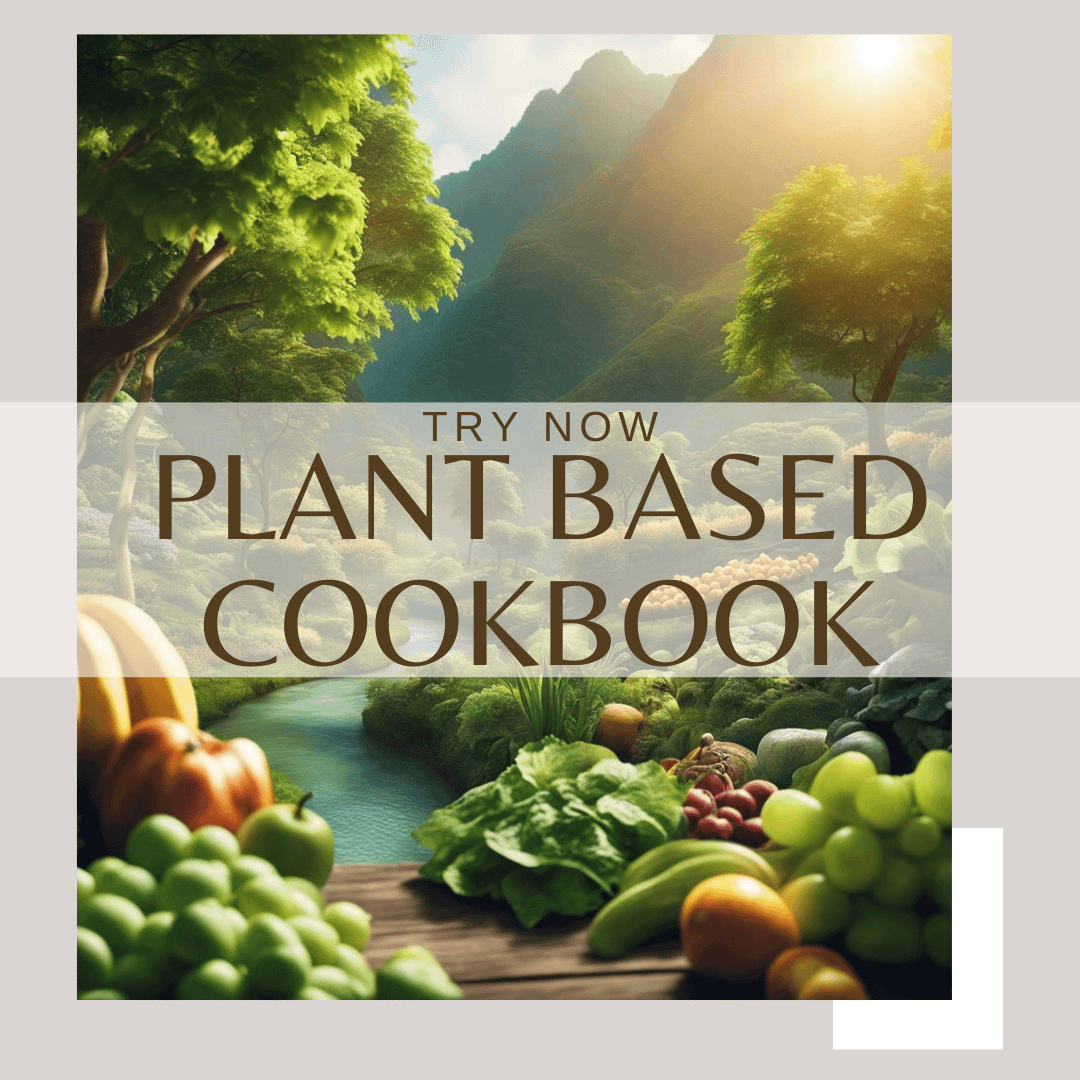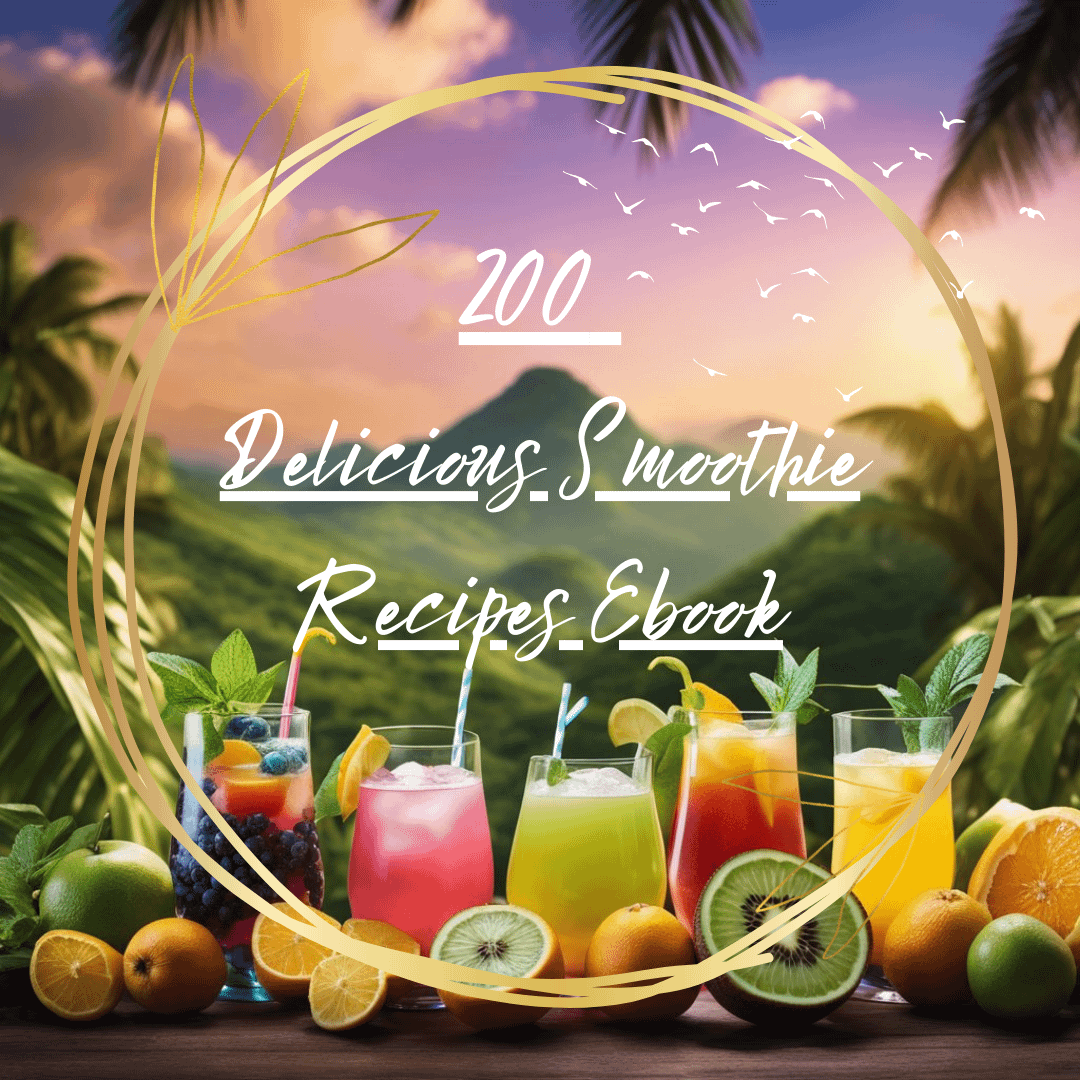A complete guide to vegan drinks and even a recipe to make homemade rice milk!
My son has never liked eating breakfast. Not sure if its his inability to sit still long enough to eat a meal in the morning, us rushing out the door to catch the bus or that he simply just doesn’t want to eat breakfast. Whatever the reasons, I’ve had to get pretty creative with coming up with nutritional food I can quickly cram down his mouth as jolt out the door. He really loves these protein smoothies I make, I usually use Almond milk or coconut milk but really got into trying different drinks as a milk substitute.
I wanted to know more about these milk substitutes, how they are made, the benefits and different options that are available. So I put together this complete guide to vegan drinks and even found a recipe to make homemade rice milk.
Vegan drinks make a fantastic milk substitute and have come a long way since first introduced. They are becoming more and more popular these days.. Rice milk was the first grain milk to milk substitute be used in vegan diets and by milk allergy sufferers. However, almost all grains can be used to make milk-like cereal drinks, e.g. spelt, oats and millet. But almonds, hemp and sesame can also be used to make pretty good vegan drinks, which have long been available not only in organic shops but also in normal grocery stores- sweetened or unsweetened, with calcium or without and in various flavors.
Overview
Grain Milk – Milk Substitute and Vegan Drink
Actually, the two terms “vegan” and “milk” cannot be combined. Because milk cannot be vegan, if a drink is vegan, then it cannot be milk. The term milk refers to the mother’s milk of a mammal for its infant. Which is pretty funny as this is the most common term used when searching for different types of milk substitutes, if you want vegan and you want milk consistency then we search for the “vegan milk.”
If a drink is made from grain, seeds, nuts or almonds, it may look like milk and most often has the same consistency as milk but it is nothing more than a drink made from grain, seeds, nuts or almonds, but not milk.
This part is pretty interesting, this whole language about what terminology to say “milk” has long been regulated by law. In the EU, only the liquid produced in a udder and obtained by milking may be declared as “milk”. Only in the USA, for example, is it allowed to sell SOY MILK, while in the EU SOY DRINK must appear on the packaging. Did you know that? I am always so interested in the differences between countries when it comes to food and other consumer goods.
Little History about Plant Milk
The term plant milk has been used since ancient times:
Almond milk, for example, was already produced in the Middle Ages. It was not a mixture of almonds and cow’s milk, as you might think. They would crush the almonds, mix the porridge with water, then combine those which resulted in a white color drink. Therefore MILK – like liquid!! The first cereal milk was actually rice milk. It comes from the Asian region. It was not until later – especially in Europe and the USA – that oat milk, millet milk and spelt milk were added. Interesting right?
Vegan Milk / Grain Milk / Milk Substitutes – Production
In principle, all grain varieties as well as nuts and seeds are suitable for producing vegan milk – whether oats, spelt, hemp or sesame seeds. Almonds or chestnuts and even coconuts can also be used to make a drink that looks and feels like milk or be used in cereal that can give the same feeling as using traditional milk.
The industrial production of most grain drinks proceeds as follows: They take a whole grain cereal, such as natural rice or hulled oats. The grain is mixed with a lot of water, boiled and mashed to a pulp. The porridge is now mixed with certain enzymes (i.e. amylases) that trigger fermentation. This makes the carbohydrates in the cereals easier to digest and increases the bioavailability of minerals and trace elements, while reducing the content of so-called anti-nutritives (substances that could inhibit the absorption of minerals). At the same time, the taste improves: the plant milk now tastes sweet.
The solution is then filtered. What remains are dietary fibers and other water-insoluble components. They are usually used as animal feed or processed into other products.
In order to achieve a pleasant consistency, some vegetable oil is added to the grain fluid, usually a sunflower oil, grapeseed oil, safflower oil or hemp oil. The result is a milky water-oil emulsion. So that the drink does not segregate or cream, some grain drinks are either homogenized or mixed with an emulsifier. An emulsifier is not necessarily required for rice drinks. Some grain drinks are flavored – with vanilla, cocoa or coconut. Mixtures with fruits have also been on the market for some time – such as rice drinks with mango vanilla.
Grain Milk Provides Plenty of Carbohydrates and Sometimes a lot of Calcium.
Since a very high proportion (around 90 percent) of cereal milk or nut milk consists of water and its solid components have been sieved out, its nutrient content is of course not comparable with that of the respective raw material (cereal grain, oilseed, nut, etc.), but rather low.
Only carbohydrates supply the grain drinks in relevant quantities and therefore quickly provide energy, so that they are also enjoyed by athletes. Since grain drinks are often consumed by vegans or people with milk intolerances, they are also enriched with calcium. The mineral is added in the same dose as it is present in milk (120 mg per 100 g) – in the form of a powdered calcium.
Different Versions of Vegan Drinks and Millk Substitutes Are Available on the Market
So you can choose whether you want your favorite drink with or without calcium (with calcium the drink usually tastes different). Personally I think all drinks that have added calcium taste different and I don’t care for them. Even orange juice has this option and I definitely can taste a difference. It’s just a matter of preference. The vegan drinks on the market also have sweetened or unsweetened, which I like this choice when making drinks for my kids. Using the unsweetened but adding some fruit or honey to make it a bit sweeter, naturally!
Almost all the grain and nut drinks were originally produced in organic quality and sold in organic supermarkets, but have long since been available – together with soy drinks – in conventional quality in every major supermarket, in drugstores even online shopping like Amazon, you can find them anywhere! For milk substitutes click here and for vegan drinks click here.
Try different brands and manufacturers because a rice drink, for example, from five different manufacturers can taste different every time. The taste is so extremely different that it can happen that one rice drink does not taste good at all while the other becomes your favorite drink. Experiment and try several kinds and you’ll soon find your favorite brand. If you have some favorites, we would love to hear from you. Drop a comment in the box below so we can check them out!
Grain Milk is Low in Fat, Cholesterol-Free and Tends to be Lower in Protein
Of course, unlike cow’s milk, grain drinks are free of animal fats, animal proteins and cholesterol. Oat drinks – just like oats – is said to have cholesterol-lowering properties due to its beta-glucans content. Beta-glucans are water-soluble dietary fibres that pass from the oat grain into the drink. 150 – 200 ml oat drink apparently already contain the amount of this dietary fiber required by the FDA.
If you think about it, the rich countries in the world, where there is an abundance of food, the protein intake is sometimes twice as high as is generally recommended, a low protein drink is a helpful food to reduce the excessive protein intake. However, you can always use the grain drink as a base for a protein smoothie or drink and add in your own vegan protein. See “Healthy Vegan Snacks for Athletes” – provide link for previous blog post. This has info on vegan protein
The low fat content of grain drinks also supports a low fat diet. It only contains the low fat content of the added oils, which seldom make up more than 1 percent. It really makes a fantastic base for creating your own concoctions. Adding your own healthy fats, or your own proteins, veggies, the list goes on, so it makes it easy to accommodate different types of diets.
Grain Milk is Only a Substitute for Cow’s Milk to a Limited Extent
Let’s be clear, Grain milk should not necessarily be considered as a substitute for cow’s milk:
There is a lot of controversy on this topic of cows milk but here is some information I came across in my research that I felt was important to point out.
Cow’s milk is the cow’s baby food for her calf and basically has little to do with humans and their diet, so it does not necessarily belong in the healthy diet of a human being. Therefore, it does not have to be “replaced” for reasons of nutritional physiology. A healthy diet is all about providing oneself with all the nutrients and vital substances you need – and a person over the age of three no longer needs milk for this purpose. Before that, people need breast milk, the milk of their own mother, but not cow’s milk.
Cow’s milk is an animal milk and so rich in nutrients that it can serve as a sole food for a calf for weeks and make it grow enormously. A grain milk, on the other hand, is neither nutrient-rich nor an infant food. A comparison is almost like comparing apples to oranges, if that makes sense.
Grain milk only looks similar to milk and can be used in many recipes instead of milk. As it is free of milk proteins and lactose, it is highly tolerated by people with milk protein intolerances and people with lactose intolerance.
In the case of rice milk, it’s gluten-free so it’s tolerated by people with gluten intolerance. Which has served as a great alternative. However, spelt and oat drinks do indeed contain gluten. Other vegan drinks such as soy milk, hemp milk, millet milk, hazelnut milk and almond milk are gluten-free as well. So just keep this in mind if you’re in search for gluten-free choices.
Grain milk is a tasty drink for in between, it can be used for cooking, baking, desserts and shakes. Many people also like grain milk in coffee.
Make Your Own Cereal Milk
You can make your own grain milk a lot easier than you probably think. The simplest method for a rice drink is the following:
Put 200 g cooked whole grain rice with 1 litre of water into a high performance mixer and mix for about 3 minutes. Add 3 to 4 cored dates to the mixer and mix again – the homemade rice drink is ready!! Of course, this provides significantly more nutrients and vital substances than the store bought kind. You can either drink this the way it is, or if the consistency is not your liking, then go ahead and pour it through a cheesecloth or fine strainer. It’s important to note, if you DON’T strain it, then nutrient content will remain pretty high, once you strain it, then you will be removing some of that and lowering the nutrient count.
Sounds easy enough right? Go ahead and give the rice milk recipe a try. Start exploring the wonderful world of vegan drinks and milk substitutes! There is such a variety availabe now, as you might have seen if you clicked the link above, you really have a lot of options. Just remember, if you try one brand and dislike it, dont give up on ALL of that particular vegan milk or milk substitute, try a few different brands before you throw in the towel. Good luck and thanks for reading!

